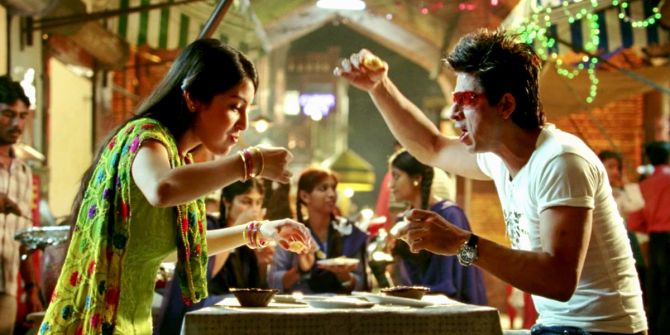
Women on screen: How Bollywood films censor the appetite of its heroines

In Meenakshi Sundareshwar, a 2021 Netflix rom-com set in Madurai, Meenakshi (Sanya Malhotra) does everything that can be expected from a Hindi film heroine starring in a love story. She falls in love without reason, pines like her life depends on it, waits patiently for her love to be reciprocated, forgives easily, and frequently puts her husband’s happiness before her own. In between this robotic existence that reduces her to a prop in her own story, Meenakshi also does something that Hindi film heroines almost never do: eat.
In Hindi movies through the years, there are two recurring motifs. First, that the kitchen is consistently the province of women — she cooks, washes, and cleans, preparing elaborate feasts day in and out. Think of Vidya Balan in Mission Mangal (2019), Nimrat Kaur in The Lunchbox (2013) or Sridevi in English Vinglish (2012). And yet for someone who spends so much time marinating around food, she barely eats. Movie after movie circles around the vociferous appetites of men, priming their ability to keep savouring distinctive food items as a marker of personality (a common shot is a man licking his fingers after finishing a meal). Typically, a man who likes eating is depicted either as adventurous or carefree. These monikers are, however, rarely attached to their female counterparts who waltz around in scripts, narratives, and songs in a perpetual state of intermittent fasting.
Satisfaction vs sustenance
It’s as if the imagination of an entire film industry runs on the collective assumption that women like to be around food but aren’t quite capable of feeling hungry. Think about it: when was the last time you saw a Hindi film where a woman was eating a meal instead of serving it?
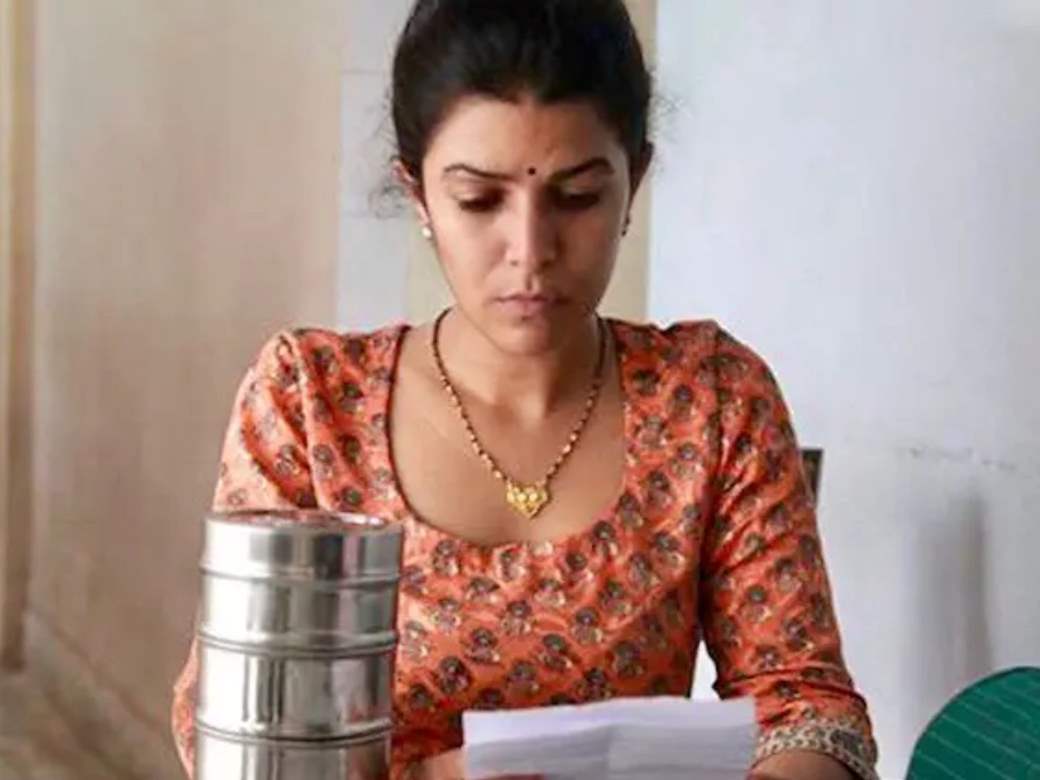
My answer would be Meenakshi Sundareshwar, directed by Vivek Soni. In one scene, Meenakshi goes to a mess (but calls it a “cafe”) with her sister-in-law and orders a plate of kari dosai — topped with layers of egg and spiced, minced mutton — for both of them. When the plates laden with food arrive, both women dig in with gleaming eyes. Midway through their meal, Meenakshi’s old friend turns up and appears shocked that she’s eating kari dosai without her favourite accompaniment: a tall glass of jigarthanda — a milk-based cooling beverage — which we learn was her regular order in college. In another scene, Meenakshi returns to the same mess: the camera observes her reading the menu before we see her firing the server for bringing her hard, rubbery vadas and salty dosai.
Also read: 200 years of Channar Revolt: How Dalit women struggled for right to cover upper body
Both these sequences in Meenakshi Sundareshwar felt transgressive because they go against the grain by directly acknowledging the appetite of women. These aren’t just vague montages of a woman seated at a dinner table that imply that she could eat, just like doctors could find a cure for cancer. Through these two scenes instead, we learn exactly what Meenakshi likes to eat, what she likes to avoid, and what her version of a comfort meal looks like. More importantly though, these scenes confirm that she eats for pleasure — for no other reason other than the fact that she enjoys relishing a meal. By allowing Meenakshi to have her own opinions about what is on her plate, Meenakshi Sundareshwar sidesteps a crucial deficiency that plagues Hindi cinema — a mindset prone to suggesting that unlike male protagonists who eat to satisfy themselves, women eat only for sustenance.
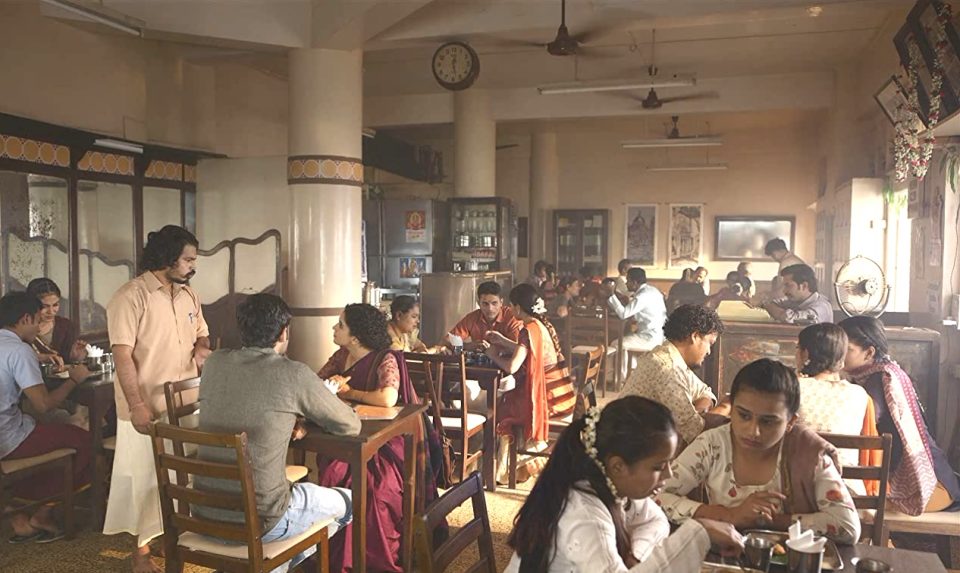
Yet at the same time, Meenakshi Sundareshwar also falls into the trap of a stereotypical depiction of women and food that toes the line. There are plenty of scenes that have Meenakshi seated at the dining table with her family; a plate of food is in front of her but we never get to see the contents of the plate or how much of it she actually eats. This approach, replicated by several movies like Hum Saath Saath Hain (1999), Kabhi Khushi Kabhie Gham (2001), and Delhi Belly (2011), is what I like to call the Dining Table Paradox™ — where food items on the dining table are cruelly devoid of their purpose. “The dining table is either a space to show family love and unity like we see in Sooraj Barjatya’s cinema or it’s a site to display argument and alienation,” said film journalist Anupama Chopra. The topic of hunger is somehow always obscured.
Mirroring women offscreen
If we agree that cinema is capable of reflecting the state of society better than any other medium, then it wouldn’t be inaccurate to state that movies censoring women’s appetites are perhaps inexorably influenced by how Indian society views hungry women. In a culture that likes to impose rigid gender roles — women are caregivers and men are the providers — women are naturally meant to eat less, serve more. In middle-class Indian households, women who eat “too much” invite judgement and shame, simply because it shows them in a state of relaxation. That in itself is a threatening proposition for a patriarchal culture that thrives off the portrait of fussed women who toil round-the-clock to bring fulfilment to the lives of men around them.
Also read: Karnataka women’s troupe seeks social change through Yakshagana, a theatre form
A familiar dining table scene played out in my home as I grew up. My mother, usually the first to wake up every day, would always be the last person to eat any meal. Through the week, she would spend hours washing and peeling vegetables, marinating meat, frying fish, grinding poppy seeds down to a silky paste to prepare extensive meals — all before 11 am. Then she would serve my father, refilling his plate at frequent intervals, and once he retreated into the bedroom for his afternoon nap, she would repeat the cycle while feeding her two daughters. My mother would — for the most part — eat only leftovers. The cuts of meat the three of us didn’t call dibs on, half a piece of fried fish, and perhaps a bowl of rice. The food wasn’t enough to satiate her hunger, so she resorted to finding shortcuts — substituting puffed rice as a base for her curry on the days rice ran out.
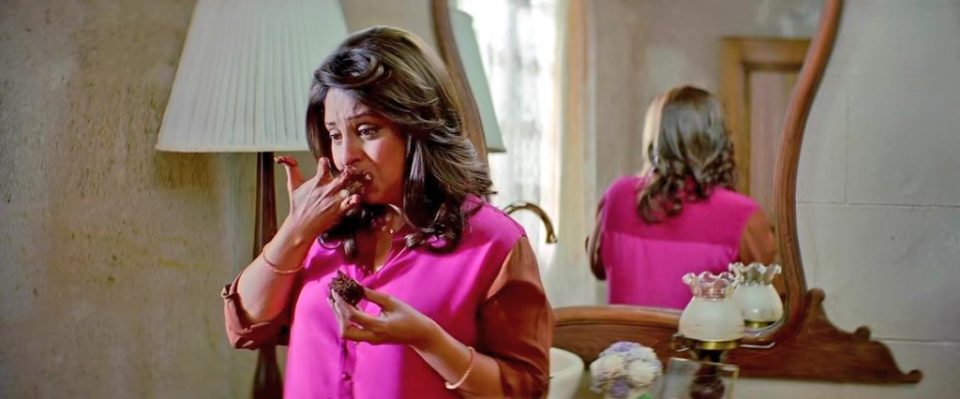
I bring this up simply because it feels like an apt testament to how women have been historically conditioned to sideline their own appetites. The heroines of the big screen are never hungry because women offscreen were never allowed to assert their hunger. Even the unrealistic beauty standards heaped on women that deem them desirable rely on censoring their appetites — going on diets so as to be far away from any food that could make their mouths water and their bellies full.
A reason to eat
Chopra pointed out that despite Hindi cinema’s distance from hungry women, it isn’t beyond fetishizing the image of women snacking. “The one thing women in Hindi cinema often do is eat golgappas. That has somehow always been acceptable,” she said. It’s an accurate assessment: Anushka Sharma and Shah Rukh Khan have a giddy panipuri-eating competition in Rab Ne Bana Di Jodi (2008); Sanya Malhotra sneaks out to eat panipuri, right after asking for a packet of chips in Pagglait (2020). Certainly, the list of women eating panipuris in Hindi cinema is longer than the instances of women eating at all. Still, these rare scenes of women snacking usually offer no perspective on their character or their arc. Pagglait is perhaps an exception in drawing attention to its female lead’s hunger. But for the most part, images of women munching on snacks exist instead to serve the male fantasy of a plucky woman and presumably have more to do with the film industry’s affection for exoticising life in small towns.
That is to say that Hindi cinema always wants a reason — pregnancy and heartbreak are the popular ones — for women to eat on screen. “Every time I watch 30 Rock, it’s fun to watch Tina Fey’s main character eat chips and doughnuts as a personality trait,” explains film critic Sucharita Tyagi. “If women eat in Hindi cinema, it’s usually for comic relief or an emotional breakdown of some sort,” she added.
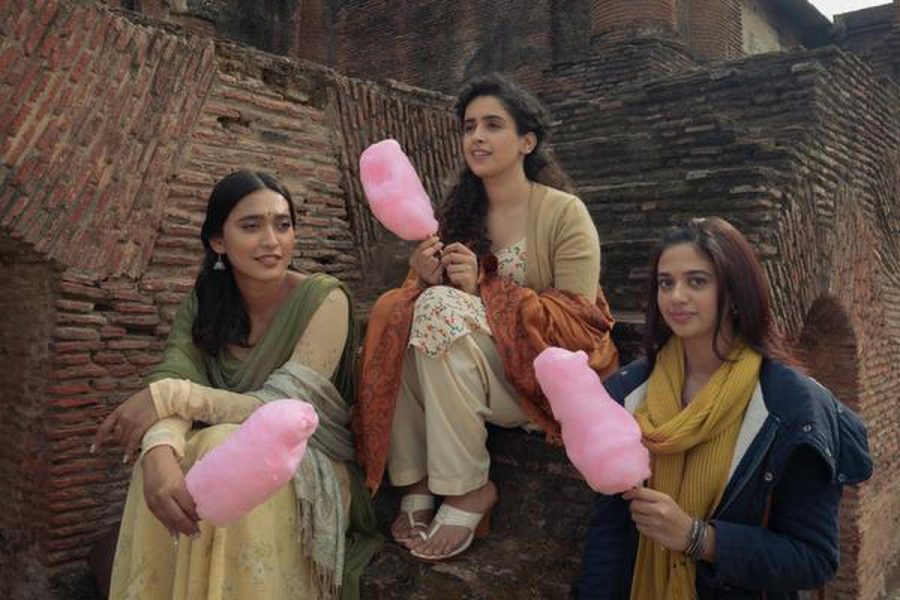
My mind immediately goes to Shefali Shah’s phenomenal cake-eating scene from Dil Dhadakne Do (2015), which both dispels and confirms Tyagi’s claim. Set in the aftermath of a tense humiliation that Shah’s character endures, the sequence has her locking herself in a room and taking bites out of a slice of cake as her face unravels the damage that decades of loneliness, neglect, and pain have wrought upon her. It’s a beautifully tense scene, one that works because this act of eating is infused with meaning, masterfully unlocking the relationship women share with food and emotional stress.
Still, it’s telling that Dil Dhadakne No and Meenakshi Sundareshwar are six years apart. Even in films released in the last two years, images of women eating remain scarce. To reevaluate Hindi cinema’s gaze around hungry women, perhaps it’s necessary for stories to foreground the lives of their heroines. Complaining that women never eat in Hindi movies seems redundant if newer generations of filmmakers don’t challenge the faults in this long-standing assumption.

